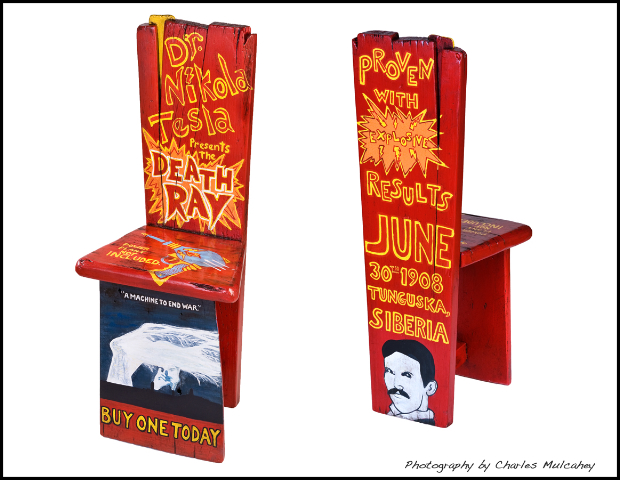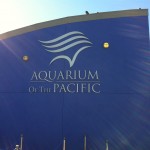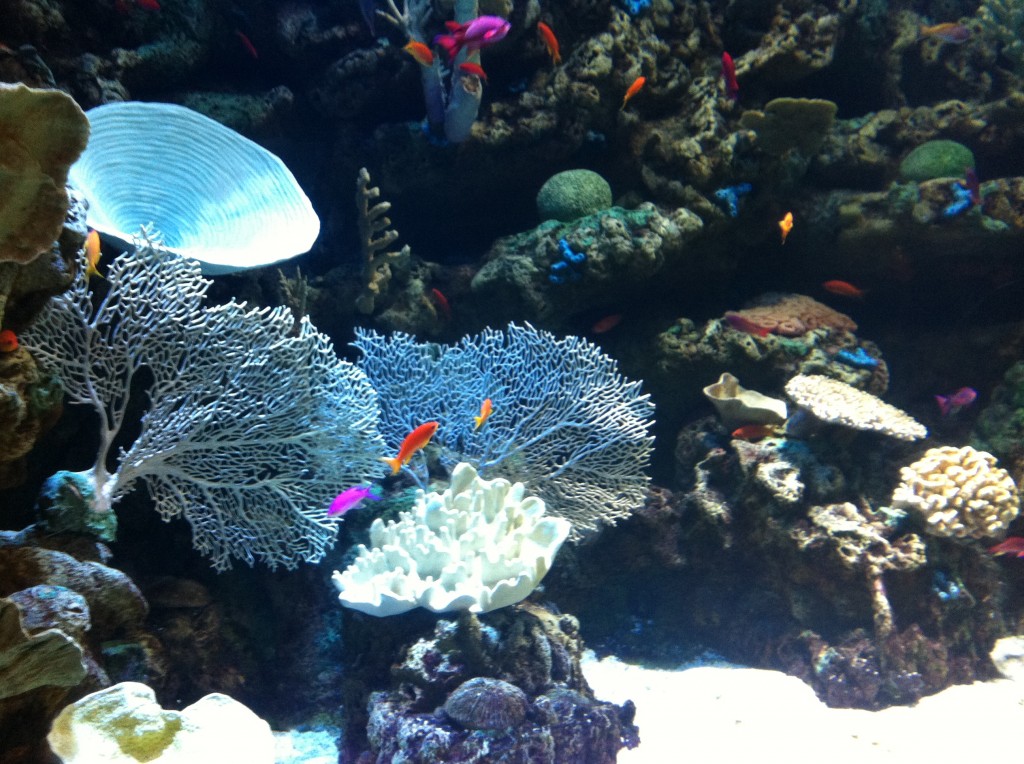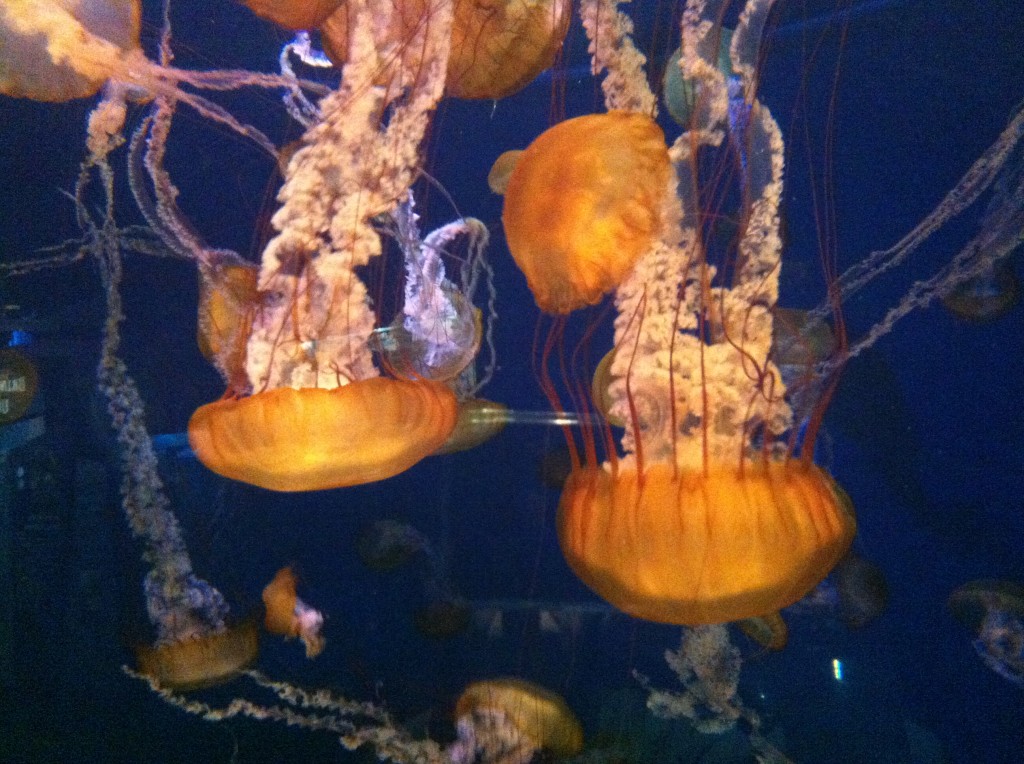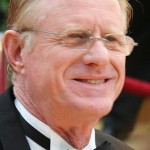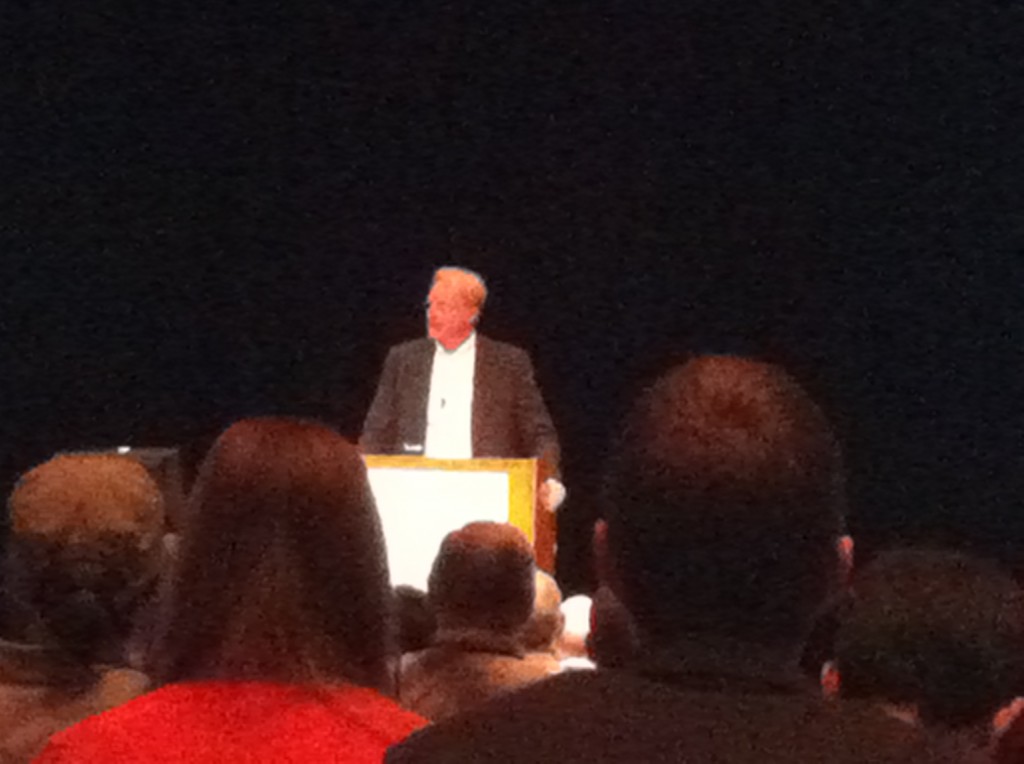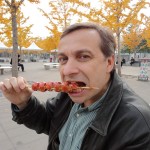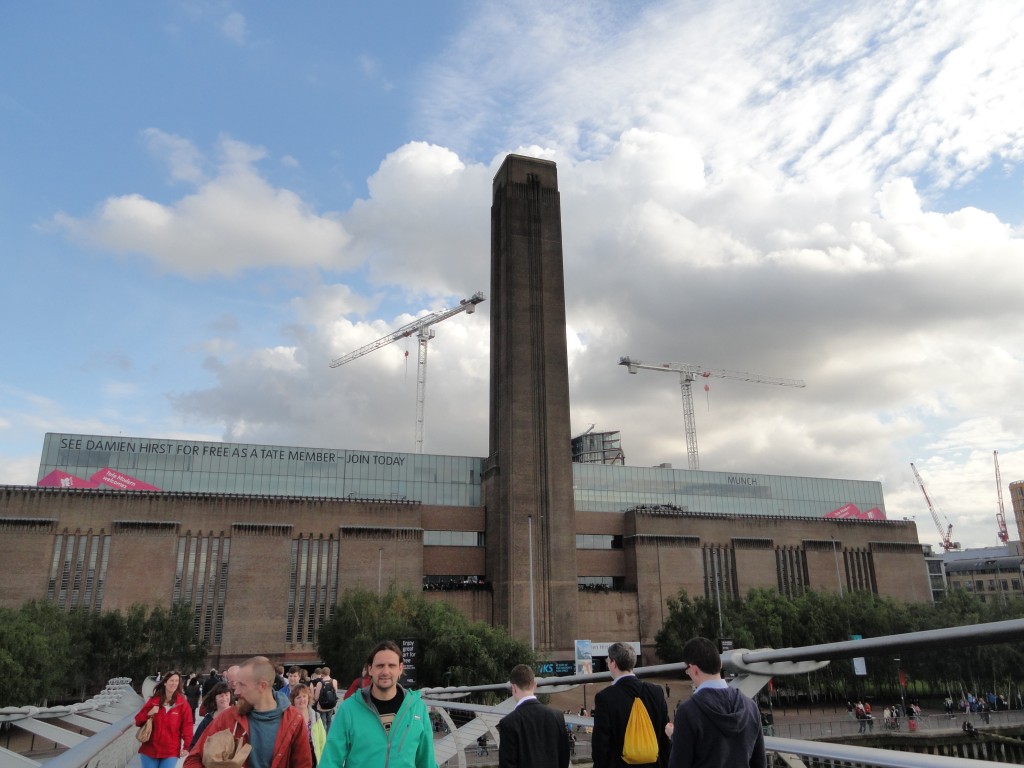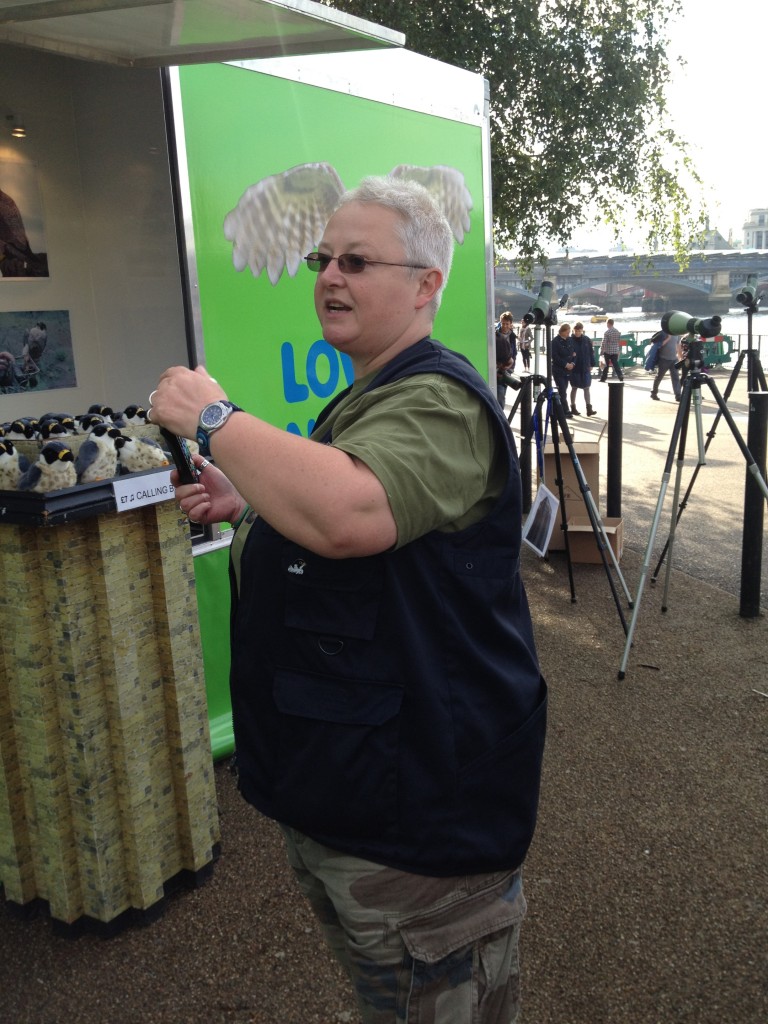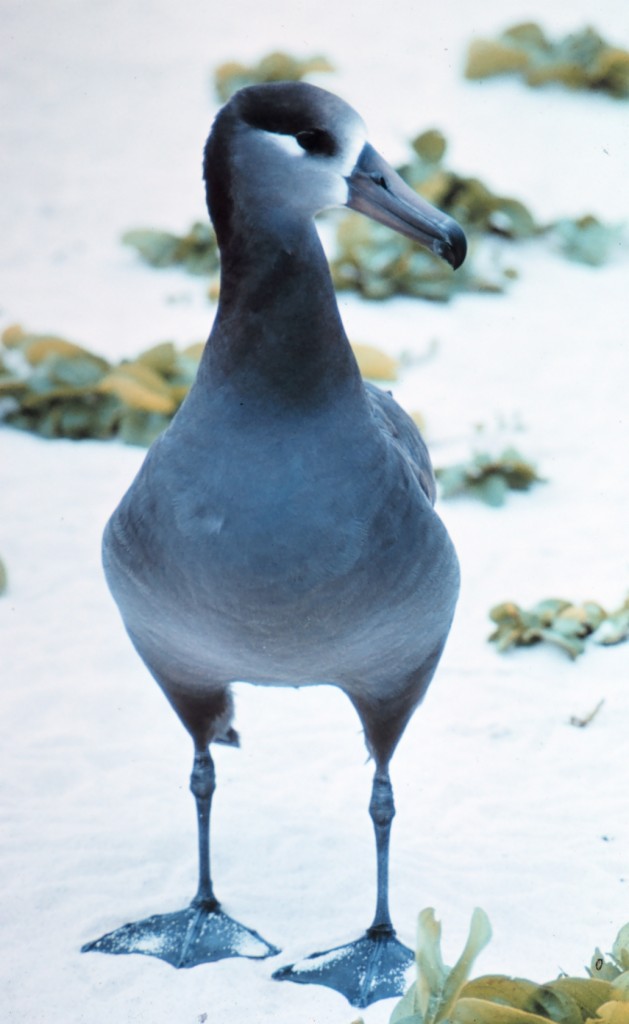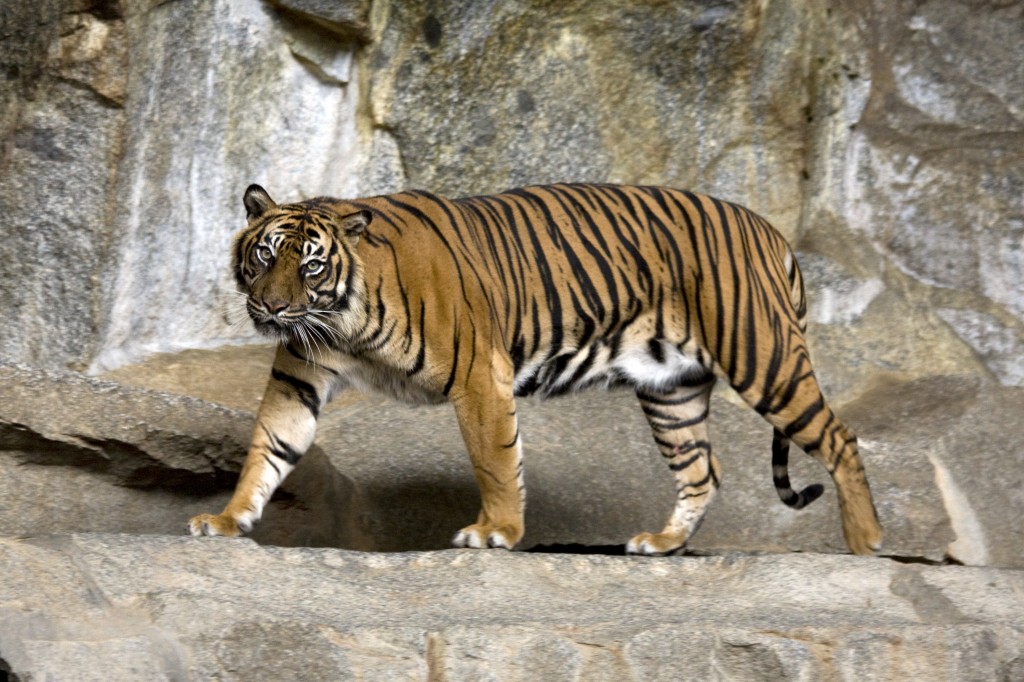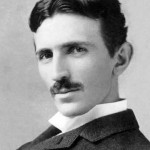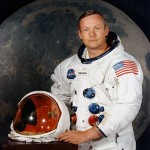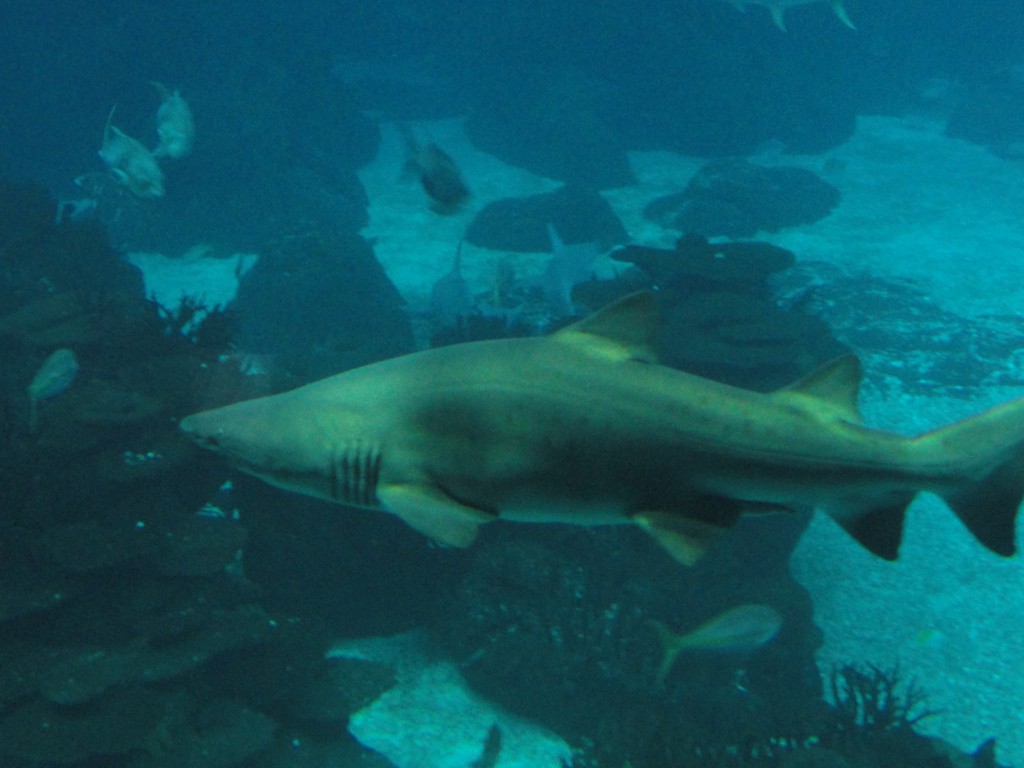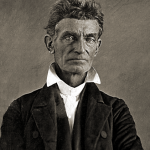 John Brown was hanged today, December 2, 1859, just a year before Abraham Lincoln was elected to be the 16th President of the United States. History has a love/hate relationship with John Brown. There were many abolitionists in the antebellum Union. To them not only was slavery wrong, but it must be abolished immediately and for all time. So Brown was not alone in that belief.
John Brown was hanged today, December 2, 1859, just a year before Abraham Lincoln was elected to be the 16th President of the United States. History has a love/hate relationship with John Brown. There were many abolitionists in the antebellum Union. To them not only was slavery wrong, but it must be abolished immediately and for all time. So Brown was not alone in that belief.
But as a radical abolitionist John Brown took this conviction to its extremes. He believed in taking definitive action – including violent action – to erase slavery from this Earth. On this date he was hanged for a raid on the federal armory in Harpers Ferry, West Virginia. His goal was to start an armed insurrection. It didn’t work. Abraham Lincoln in his epic Cooper Union Address given in February 1860 put it like this:
John Brown’s effort was peculiar. It was not a slave insurrection. It was an attempt by white men to get up a revolt among slaves, in which the slaves refused to participate.
Harpers Ferry was not the first time John Brown sought to stimulate an uprising. In 1856 he joined with others in attacking a military detachment in the Battle of Black Jack, perhaps one of the first incidents of what came to be known as Bleeding Kansas. Brown then hacked to death five pro-slavery supporters in the town of Pottawatomie, Kansas. So by the time of the failed Harpers Ferry raid John Brown was largely seen as a persona non grata by those who both agreed and disagreed with his views on slavery.
The Smithsonian Museum of American History looks at slavery and John Brown as part of its The Price of Freedom exhibition (Flash needed to view slideshow). In addition, the museum addressed how John Brown should be remembered by history as part of their Time Trial of John Brown. The YouTube video below introduces the series.
Expand the text below the video to find links to the various parts of this fascinating program. So, how should John Brown be remembered? As a violent murderer or as someone who felt the need to abolish slavery merited extreme action?
More on Abraham Lincoln.
David J. Kent is an avid science traveler and the author of Lincoln: The Man Who Saved America, in Barnes and Noble stores now. His previous books include Tesla: The Wizard of Electricity and Edison: The Inventor of the Modern World and two specialty e-books: Nikola Tesla: Renewable Energy Ahead of Its Time and Abraham Lincoln and Nikola Tesla: Connected by Fate.
Check out my Goodreads author page. While you’re at it, “Like” my Facebook author page for more updates!




